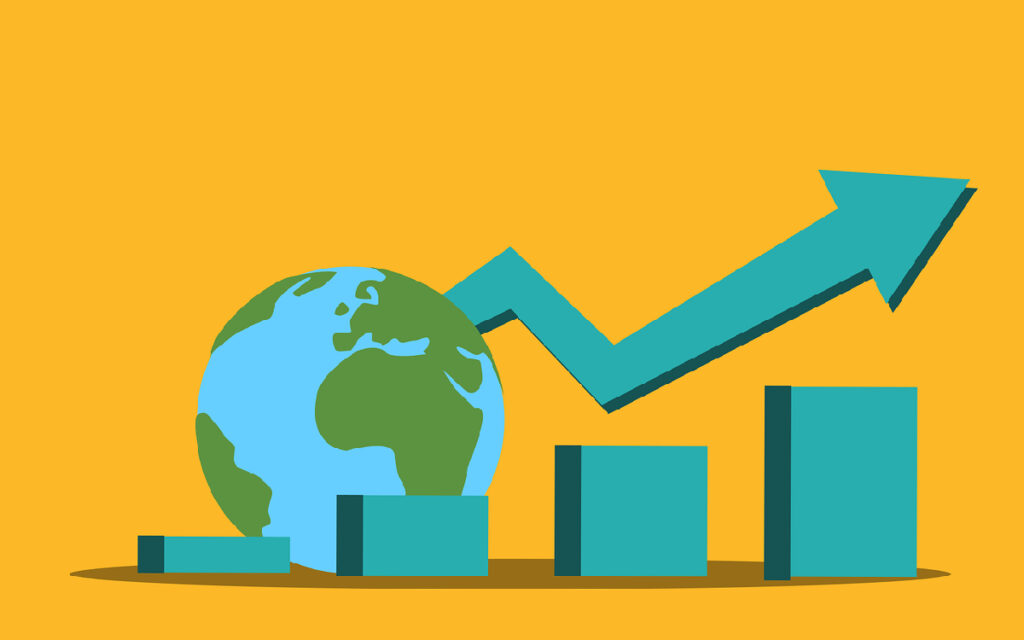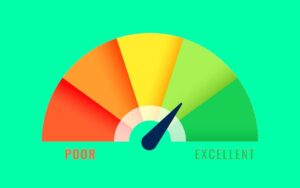
Positive vs. Normative Economics: Understanding the Foundations of Economic Analysis. Image/PixaBay
Economics is a vast field that goes beyond numbers and charts to influence public policy, societal views, and global interactions. At its core, the discipline of economics is split into two branches: positive and normative economics. Understanding these two distinct areas and how they complement each other provides valuable insights into how policies are shaped and how societal goals are pursued.
Defining Positive and Normative Economics
Positive Economics is grounded in objectivity, focusing on describing and predicting economic phenomena based on observable facts. This branch of economics is often referred to as the “what is” aspect, as it seeks to explain how economic forces work without making any value judgments.
Normative Economics, on the other hand, takes a value-based approach, examining what should happen within an economy based on ideals, values, or ethical principles. It’s often referred to as the “what ought to be” aspect, as it includes subjective recommendations for improving economic conditions.
Key Differences Between Positive and Normative Economics
- Facts vs. Values: Positive economics relies on data and objective information, while normative economics incorporates opinions and values.
- Objectivity vs. Subjectivity: Positive economics uses factual statements that can be tested, while normative economics is based on subjective assessments.
- Verification: Statements in positive economics can be proven true or false, whereas normative economics statements reflect beliefs that may not be verifiable.
Positive Economics Explained
Positive economics describes economic trends, forecasts, and phenomena using measurable data. For instance, a positive economic statement could be: “An increase in the minimum wage will lead to higher unemployment among low-skilled workers.” Such statements can be tested and validated, making them a crucial tool for economic research and policy analysis.
Positive economics informs policy by providing data-driven insights. By understanding cause-and-effect relationships in the economy, policymakers can make informed decisions backed by evidence.
Normative Economics Explained
Normative economics focuses on ethical considerations, societal goals, and value-based judgments, exploring how economies should operate. An example of a normative statement is: “The government should provide free healthcare for all citizens.” This perspective involves opinions and ideals, which can vary widely based on cultural, ethical, or political beliefs.
Normative economics is influential in forming policies that reflect societal values, such as promoting welfare, reducing inequality, or improving access to education. It’s essential for setting goals and objectives that align with the collective vision of society.
The Importance of Positive Economics
Positive economics is critical because it grounds economic analysis in facts and observable phenomena. This objective approach allows economists to predict outcomes with reasonable accuracy, helping governments and organizations make informed, evidence-based decisions. Examples include using positive economics to evaluate the impact of taxation on business investments or to study unemployment rates across different regions.
The Role of Normative Economics in Shaping Policies
Normative economics contributes significantly to policies by providing value-oriented goals. It’s through normative economic analysis that societies debate and decide on issues like healthcare reform, minimum wage laws, and environmental regulations. Since these debates involve ethical considerations, they allow for diverse viewpoints, promoting democratic processes in economic policy-making.
Examples of Positive Economic Statements
Positive economic statements are descriptive and fact-based, focusing on what is measurable. For instance:
- “Increased interest rates tend to lower investment spending.”
- “High inflation rates erode purchasing power.”
These statements can be tested with data, making them powerful tools for understanding economic trends and impacts.
Examples of Normative Economic Statements
Normative statements, on the other hand, are prescriptive, expressing how things should be. For example:
- “The government should raise taxes on the wealthy to reduce income inequality.”
- “Free access to education is a right that all citizens should enjoy.”
These statements reflect values and priorities rather than testable facts, which is why they often inspire public debate.
Special Considerations: Balancing Positive and Normative Economics
While both types of economics offer valuable insights, a balanced approach is often the most effective in creating robust policies. For example, in environmental policy, positive economics can provide data on pollution levels, while normative economics can argue for policies that promote sustainability. This combination helps create policies that are both factually sound and aligned with societal goals.
Limitations of Positive Economics
Positive economics, while objective, lacks guidance on what is desirable for society. For instance, it can tell us the effects of increased corporate taxes but not whether this is a fair or ethical approach. Its focus on objectivity means that it does not account for ethical concerns or social values.
Limitations of Normative Economics
Normative economics, though valuable for setting goals, is prone to bias and can be heavily influenced by personal or political agendas. Since normative statements are not verifiable, they can lead to conflicts and debates, particularly when different groups have differing value systems.
Real-World Application: Using Positive and Normative Economics in Policy-Making
Many governments apply both positive and normative economics to create balanced and comprehensive policies. For example, in crafting welfare policies, positive economics can provide data on poverty rates, while normative economics helps shape goals around reducing poverty and promoting equality. Combining these two branches leads to more informed, ethical, and effective policies.
Conclusion
Positive and normative economics serve complementary roles in economic analysis and policy-making. While positive economics offers objective, data-driven insights, normative economics adds an ethical dimension that considers what society values. Together, they provide a holistic framework that helps shape policies that are both effective and aligned with societal goals.
FAQs
- What are the main features of positive economics?
- Positive economics is objective, fact-based, and measurable. It provides insights into how economies function and allows for empirical testing of hypotheses.
- Can positive and normative economics ever fully agree?
- While they approach economics from different perspectives, they often inform each other. Positive economics provides the data, and normative economics uses it to make value-based recommendations.
- Is one type of economics better for policy-making?
- Both are essential. Positive economics informs policy with facts, while normative economics ensures that policies align with ethical and societal values.
- How does normative economics impact public opinion?
- Normative economics shapes public opinion by focusing on what society values, such as fairness and justice, making it influential in debates on policies like healthcare and minimum wage.
- Are economists typically more aligned with one approach over the other?
- Most economists use both approaches, depending on the context. They rely on positive economics for objective analysis and normative economics to guide policy goals.





